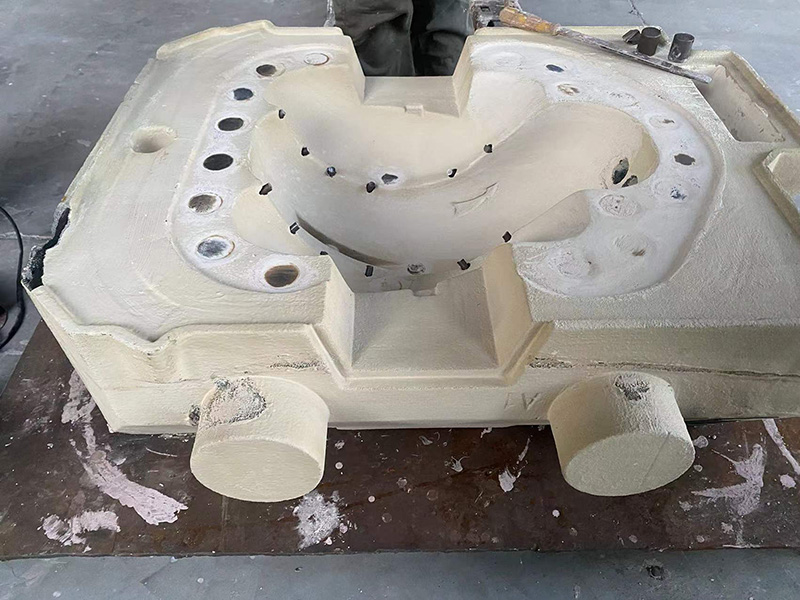The Importance of Resin and Sand Mix in Modern Applications
Resin and sand mixtures have become increasingly significant in various industries, ranging from construction to arts and crafts. This combination serves multiple purposes, offering unique properties that enhance the performance and aesthetics of a wide range of products. Understanding the benefits and applications of resin and sand mixes is essential for professionals across various fields.
Composition and Properties
A typical resin and sand mixture consists of synthetic or natural resin combined with sand. The resin acts as a binding agent, providing cohesiveness and durability, while sand adds texture and bulk. The choice of resin—such as epoxy, polyester, or acrylic—significantly influences the performance characteristics of the mixture. For example, epoxy resins are known for their superior adhesion, chemical resistance, and longevity, making them ideal for industrial applications.
The sand component is usually chosen based on the specific requirements of the application. Fine sand can provide a smooth finish, while coarse sand can add strength and structural integrity. The ratio of resin to sand can also be adjusted to achieve desired mechanical properties, with higher resin contents typically resulting in stronger and more flexible materials.
Applications in Construction
In the construction industry, resin and sand mixtures are often used in flooring systems, countertops, and decorative elements. These materials offer high durability, making them suitable for high-traffic areas. One popular application is in creating resin-bound gravel surfaces, where colored gravel is mixed with resin to provide a seamless, attractive finish for driveways and walkways.
Moreover, the mixture can be utilized in the creation of precast concrete elements. By incorporating resin and sand into concrete formulations, manufacturers can enhance the properties of concrete, such as reducing permeability and increasing resistance to freeze-thaw cycles. This modification leads to longer-lasting structures and reduces the need for maintenance.
resin and sand mix

The Role in Arts and Crafts
Beyond industrial applications, resin and sand mixes are gaining popularity in the realm of arts and crafts. Artists often use these materials to create stunning visual effects in sculptures, jewelry, and decorative items. The transparent nature of many resins allows for a wide range of artistic expressions, enabling creators to embed objects within the resin or mix colors for unique finishes.
Additionally, the texture provided by sand can add dimension and complexity to artworks. By manipulating the resin and sand mix, artists can achieve striking contrasts between glossy, smooth surfaces and rough, textured areas. This versatility allows for endless creativity and innovation within the artistic community.
Environmental Considerations
While the benefits of resin and sand mixes are substantial, it is crucial to consider the environmental impact of these materials. Many synthetic resins can release volatile organic compounds (VOCs) during their curing process, potentially harming indoor air quality. As a response, manufacturers are increasingly developing eco-friendly resin options, such as those derived from bio-based sources.
Furthermore, the sourcing of sand raises environmental concerns, particularly in regions where sand mining has led to habitat destruction and erosion. Sustainable practices, such as using recycled materials or choosing alternative aggregates, can mitigate these impacts and promote environmentally-friendly solutions.
Conclusion
The combination of resin and sand is a powerful tool that has found its place in various industries, showing significant versatility and adaptability in both functional and artistic applications. As technology and materials science continue to advance, the potential uses for resin and sand mixes will expand, opening new avenues for innovation. Balancing these applications with environmental responsibility will be crucial in ensuring that the benefits of this dynamic mixture can be enjoyed for years to come.
Post time:ታኅሣ . 19, 2024 13:35
Next:Comparing Die Casting and Sand Casting Methods for Metal Fabrication Techniques
